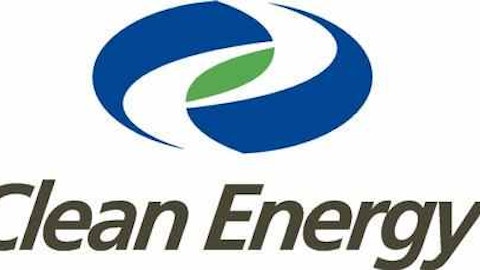
The historic price charts show that natural gas prices were above $5/Mil BTU from 2003-2009. Global demand for petrochemicals including plastics and power supported these price levels. Historically there was a relationship between coal, oil and natural gas prices. Many power plants can burn either coal or natural gas so as the price of one goes up, so generally does the other. As the price/BTU remained relatively lower, power plants would all shift to the other fuel source, which leads to increased demand for the lower priced feedstock and typically pushed prices higher. In addition, both oil and natural gas can act as feedstocks for petrochemical production. The relationship works in a similar manner to that of coal.
US Demand
In 2009, power demand was soft in the United Stated due to lower economic activity. At the same time, natural gas supply started to increase. Drilling/fracking activity for natural gas in the Marcellus shale began to accelerate. The price of natural gas was still relatively high, support by global oil prices. Large and small producers acquired drilling rights and started the develop wells. As these wells all started to produce gas, the supply increased. The price fell and power companies all started to shift as many generators as possible to natural gas from coal. Coal power went from around 48% of domestic power production to around 42% with the 600 bps going to natural gas. This still did not absorb all the supply and prices have remained low since.
Natural gas production is up almost 2.5% over prior year’s levels in US market. Positively, rig counts are down by 40% from the high levels the same week in 2012. So with production up slightly, the key to immediate changes in natural gas pricing domestically will be driven by power consumer. With a somewhat soft economic outlook, demand for power will largely swing with weather patterns and expectations for the coming months. In the most recent week’s data, natural gas consumption is down 1.3% versus the same week in 2012. For the first quarter of 2013, initial indications are gas volumes were down around 2%.
Alternative to Direct Nat Gas Investment
The issue with a sustained recovery in natural gas prices is one of that was often seen in mining during the 1980s; there are a relatively large number of small players in gas. Higher prices quickly bring on increased production which in turns lowers the price. The industry will likely see an increase in M&A activity and a consolidation of natural gas assets. While prices are uncertain, this can be a positive for potential consolidators. Cabot Oil & Gas Corporation (NYSE:COG) and Range Resources Corp. (NYSE:RRC) are two such companies that could benefit and may be a better way to play natural gas. Cabot Oil & Gas Corporation (NYSE:COG) has property in Pennsylvania, Texas, and Oklahoma and proved reserves of 3,842 billion cubic feet of natural gas equivalent.
Range has reserves in the Appalachian Valley and other areas in the US with a total proved reserves of 6,500 billion cubic feet of natural gas equivalent Cabot Oil & Gas Corporation (NYSE:COG) has an operating margin of 22.6% and an increasing revenue base of $1.31 billion. Range Resources Corp. (NYSE:RRC) is experiencing sales increasing by 30% too in the last 12 months. Range Resources Corp. (NYSE:RRC)’s ROA is lower than Cabot’s at 1.26% vs 4.06%. Cabot Oil & Gas Corporation (NYSE:COG) has a lower PE and lower debt than Range Resources Corp. (NYSE:RRC) too. Overall Cabot seems more attractive as a company today but Range has much more in proved reserves for the future. Betting on these companies could be better than betting on weather trends focused around 2013/14’s winter as the other pricing catalyst.
The article Invest In Nat Gas Or Nat Gas Stocks? originally appeared on Fool.com.
Copyright © 1995 – 2013 The Motley Fool, LLC. All rights reserved. The Motley Fool has a disclosure policy.
